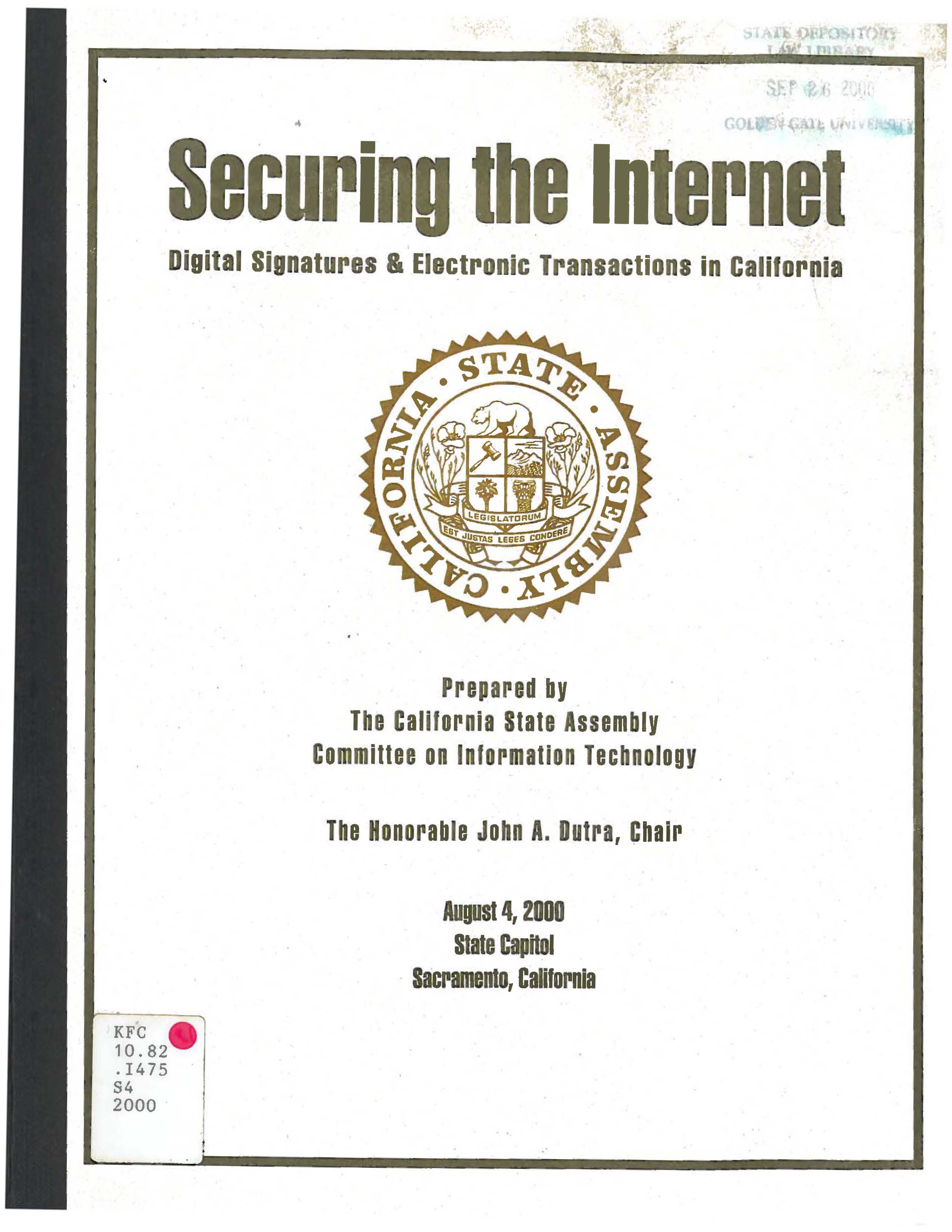Document Type
Cal State Document
Publication Date
2-2002
Abstract
Crowding (defined as more than one person per room) has been rising in California. The average household size (number of persons in the household) has increased as well. A number of observers believe that this increase in household size reflects a rise in crowding in response to the lack of affordable housing. Concerns about whether new building construction was enough for the increased demand posed by California's growing population, emerged with the housing market conditions of the late 1990s. Annual housing production in the 1990s fell well below that of the 1980s, and lagged the growth in new jobs and households, while housing prices have increased significantly.
This study looked at the determinants of crowding in California by examining demographic factors and measures of housing availability. Trends in crowding are discussed for California as a whole as well as some specific geographic areas. Using 1990 Census data, we measured the relationships between a household's characteristics and its probability of being crowded. We examined the following household characteristics: age, sex, marital status, income, education, race and ethnicity, nativity of the householder, house's tenure (whether the house is rented or owned), and region. Using these probabilities and more recent annual data on the determinants of crowding, we estimated crowding rates for the 1994-2000 period. We also examined the correlation between housing affordability, vacancy rates, and changes in household size.
Recommended Citation
California Research Bureau, "What Explains Crowding in California?" (2002). California Agencies. 285.
https://digitalcommons.law.ggu.edu/caldocs_agencies/285

